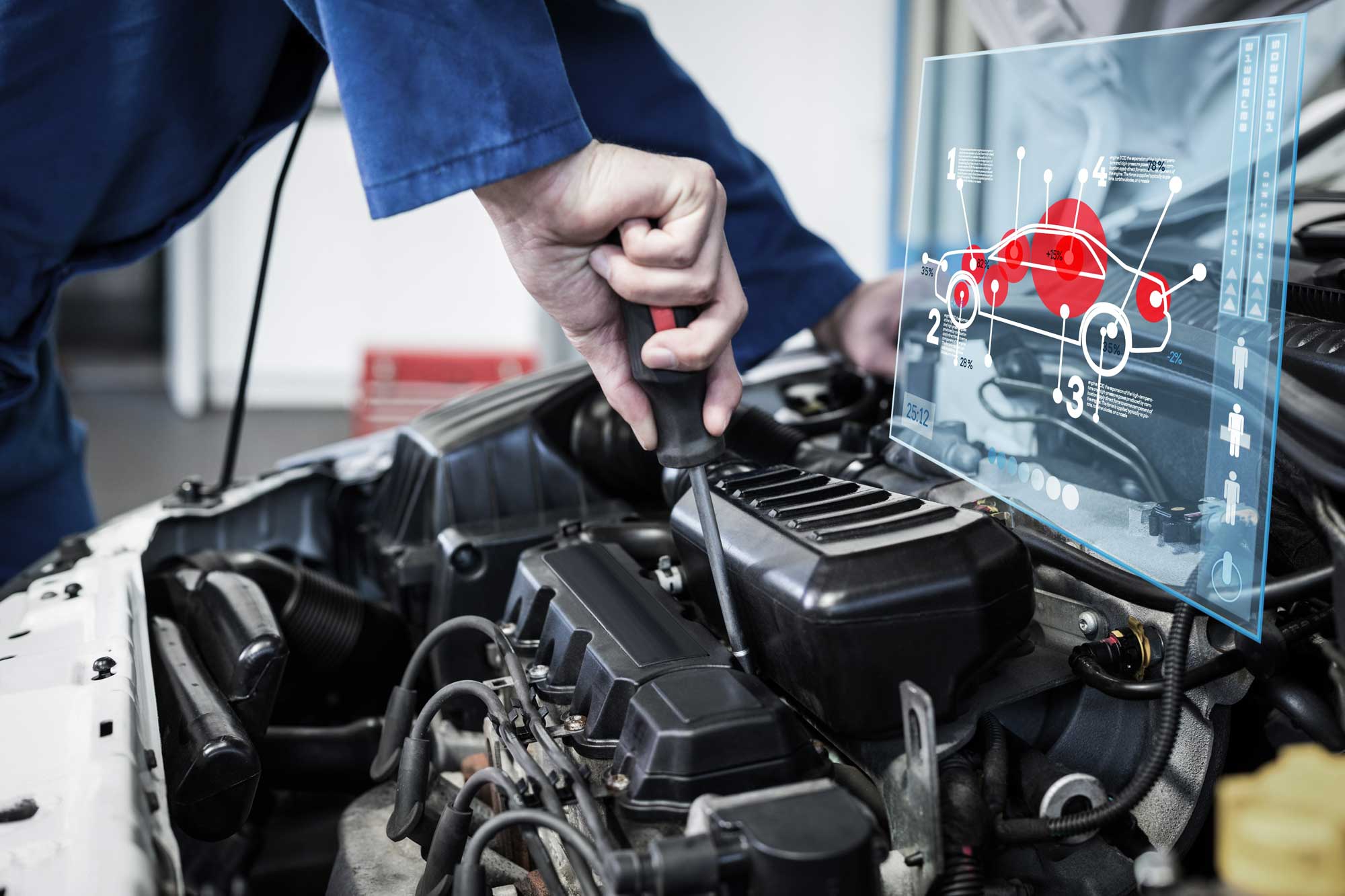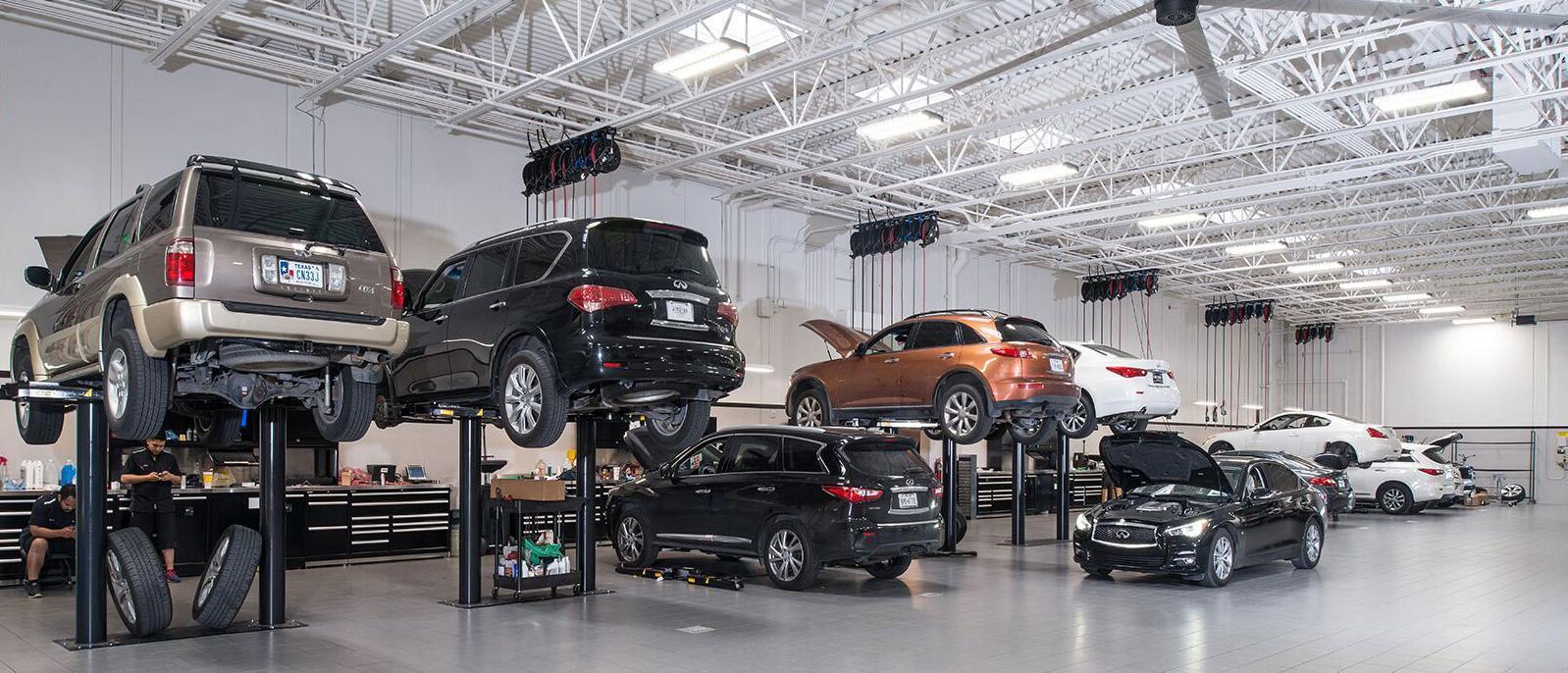All Categories
Featured

Few things are much more startling for a vehicle driver than the sudden lighting of the check engine light (CEL) on the control panel. While it may cause immediate problem, recognizing what this light stands for can encourage you to manage the situation efficiently. Let's explore the feasible factors behind the CEL and the steps to settle it.
What Does the Check Engine Light Mean? The CEL is component of your lorry's onboard diagnostics (OBD) system. It checks a variety of systems within the automobile, consisting of exhausts, gas efficiency, and general engine performance. When the system finds a mistake or irregularity, it causes the CEL to alert the chauffeur.
Solid Light: Suggests a non-critical problem, such as a minor sensing unit breakdown. It still needs focus to prevent lasting damages. Blinking Light: Signals an extreme issue, like an engine misfire, that requires prompt attention to avoid significant damage. Typical Factors for the Check Engine Light. Below are several of one of the most constant reasons of a CEL, ranging from basic to complex:
Loose Gas Cap:

A broken or loosened gas cap can disrupt the fuel system, triggering the light. This is one of the easiest issues to repair-- simply replace the cap or tighten up. Oxygen Sensing Unit Failure:
The oxygen sensing unit measures the air-to-fuel ratio for optimal combustion. A defective sensing unit can lead to reduced fuel performance and greater emissions. Ignition System or Ignition Coil Problems:
These elements are vital for the combustion procedure. Worn-out trigger plugs or malfunctioning coils can create misfires and harsh engine efficiency. Catalytic Converter Problems:
This element lowers dangerous exhausts from your car. Failure to resolve various other engine problems can lead to catalytic converter damage. Mass Air Flow (MAF) Sensing Unit Failure:
The MAF sensor guarantees the correct amount of air blends with fuel. An unclean or failing MAF sensor can lower power and fuel performance. When the CEL Comes On, steps to Take. Don't Panic:
Take a moment to observe your vehicle's efficiency. Is it driving typically, or exist signs like reduced power or strange sounds? Inspect the Gas Cap:
Tighten or reseat it if required. This easy repair deals with lots of CEL instances. Make Use Of an OBD-II Scanner:
Connecting in a scanner gives certain problem codes that recognize the issue. Numerous automobile parts stores offer this service completely free. Visit a Technician if Essential:
If the CEL remains on or flashes, have a professional check your automobile. Delaying repairs might result in more expensive solutions. Preventative Steps to Stay Clear Of CEL Issues. Normal Maintenance:. Adhere to the manufacturer's timetable for oil changes, ignition system substitutes, and air filter cleansing. Inspect Secret Parts:. Regularly examine your gas cap, belts, and pipes for wear or damages. Usage High Quality Fuel and Oil:. Costs products can stop deposit build-up that may impact sensing units and engine elements. Why You Need To Resolve the CEL Without Delay. While it's appealing to neglect a solid CEL, procrastination can bring about severe effects. What begins as a minor concern-- like a loose gas cap-- could advance right into costly fixings. Dealing with the light early guarantees your lorry remains secure and effective.
Conclusion. The check engine light is not a cause for instant panic, yet it must never be ignored. Comprehending its objective and potential triggers furnishes you to make enlightened decisions, whether it's a quick gas cap adjustment or a journey to your mechanic. With proper upkeep and timely action, you can maintain your vehicle running smoothly and prevent unneeded fixings.
Latest Posts
Find Out Reduce Expenses on Car Maintenance with Montclare Auto Repair’s Limited-Time Deals
Published May 26, 25
1 min read
Uncover Oil Changes & More: Complete Services Guide from Montclare Auto Repair
Published May 25, 25
1 min read
Unlock Your Financial Partner at WyHy – Top Benefits for Your Money Goals
Published May 25, 25
1 min read
More
Latest Posts
Find Out Reduce Expenses on Car Maintenance with Montclare Auto Repair’s Limited-Time Deals
Published May 26, 25
1 min read
Uncover Oil Changes & More: Complete Services Guide from Montclare Auto Repair
Published May 25, 25
1 min read
Unlock Your Financial Partner at WyHy – Top Benefits for Your Money Goals
Published May 25, 25
1 min read